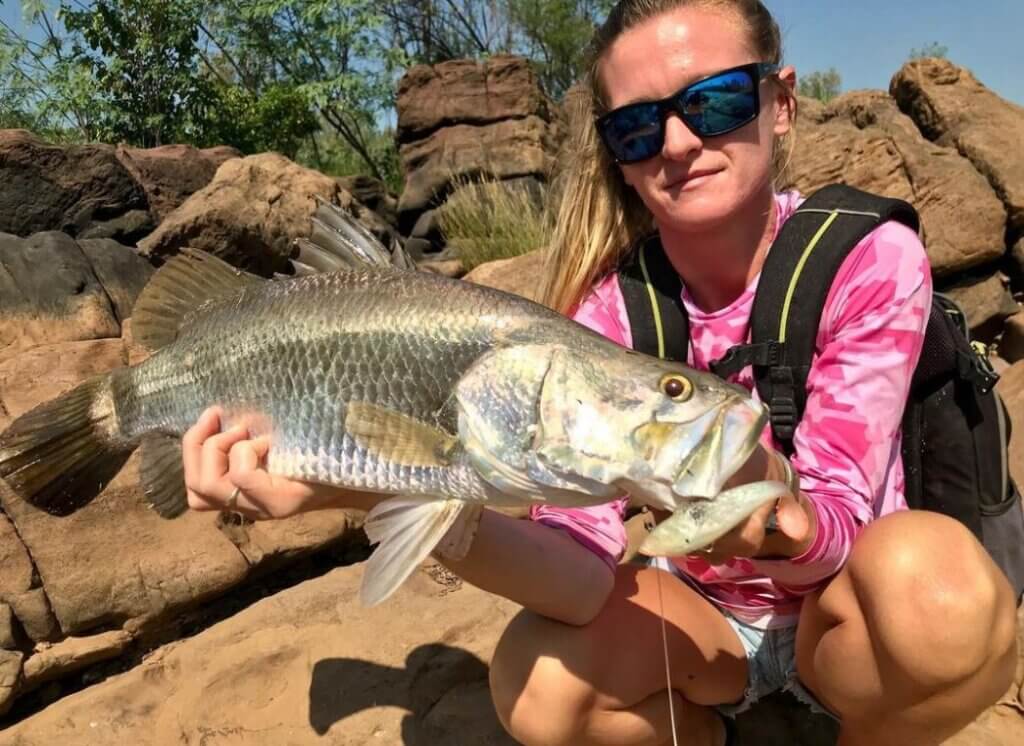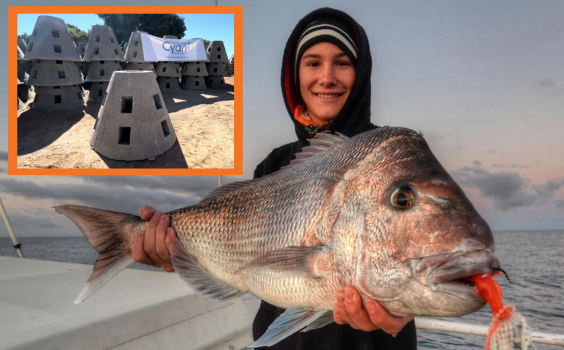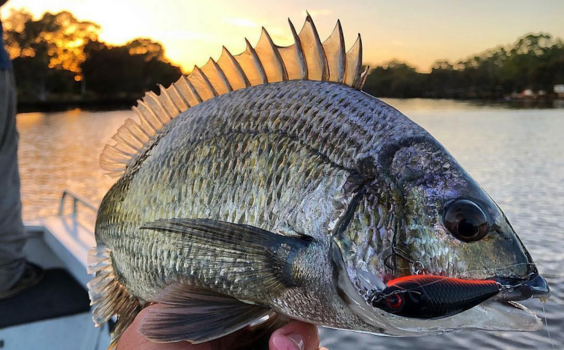Barramundi are an iconic species of northern Australian waters, encountered from Exmouth north. An estuarine and inshore species that can survive in both freshwater and saltwater, all barramundi begin life as males and become females as they mature, writes Western Angler editor Scott Coghlan in the latest edition of Scott’s Species.
Species: Barramundi, Lates calcarifer
Eating: 4 stars
ID: Concave head, silver sides, large paddle tail.
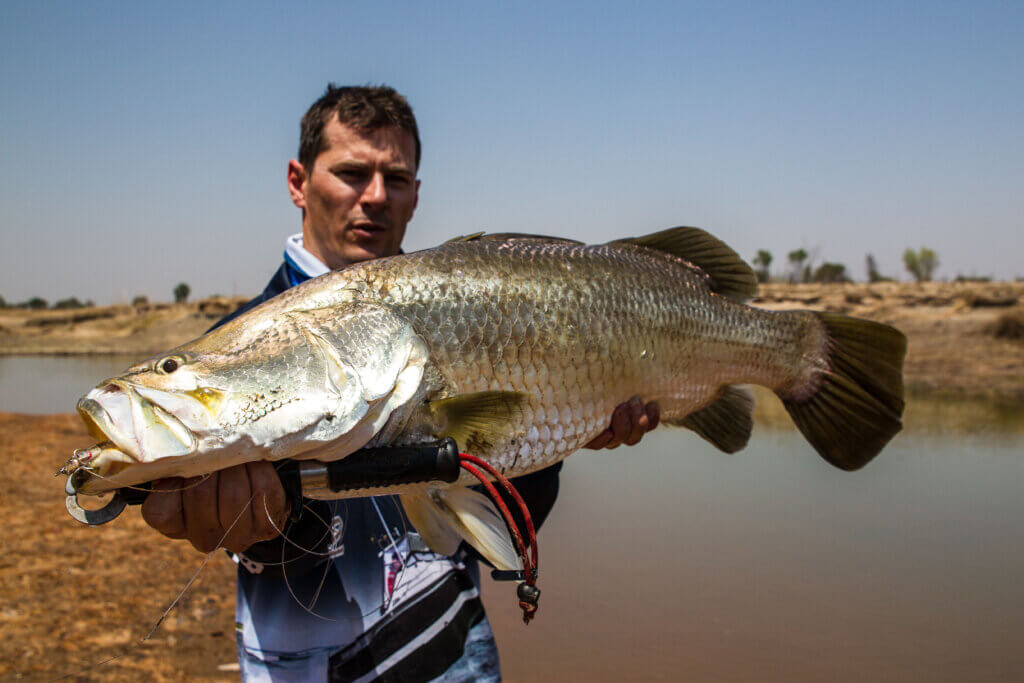
A barramundi exceeding 40kg has been caught from Lake Tinaroo in Queensland. However, they are generally measured by their length and a trophy barramundi is anything over the magical 1m mark.
Barramundi are normally encountered in the tidal rivers in WA’s north, but can also be found in freshwater billabongs, and are a prized catch on lure or bait.
Prime time for barra is just before or after the wet season, when they are more active in the warm water.
Many anglers fish for barra on dropping tides, as these concentrate the bait and therefore identify areas likely to produce fish.
Dead baits are good when it comes to tempting barra, but are prone to being taken other less desirable species like catfish.
Lures are effective, especially when fished around structure as barra love to sit close to rock or timber snags and ambush prey.
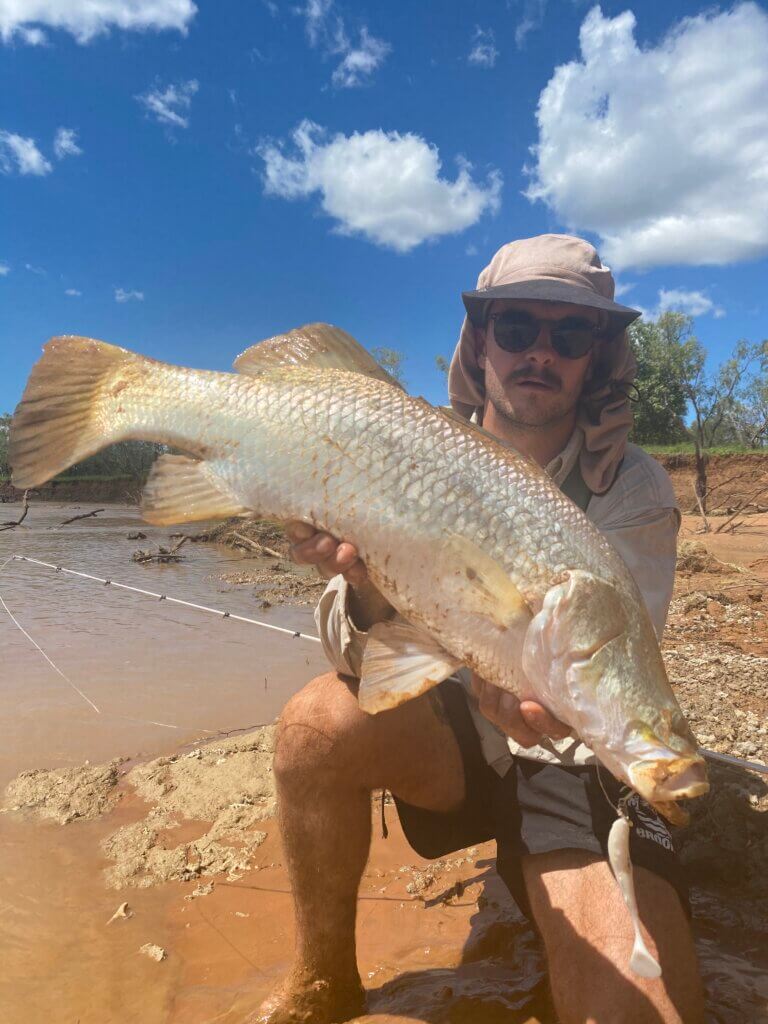
Minnow lures work well, cast or trolled, and soft plastics and vibes dropped around snags can also be very productive.
Barra will often follow lures for quite some time before striking and it pays to work lures slow and erratically.
At night, slowly working ‘fizzers’ along the surface can be very exciting as the barra will crash the lure without warning in the darkness.
Likewise, surface poppers can also work very well at times and the thrill of the strike is special.
Once hooked, barramundi will take to the air repeatedly and put on a spectacular show.
Tackle does not need to be heavy for barramundi, with 7kg-10kg line usually sufficient, but a stronger leader needed.
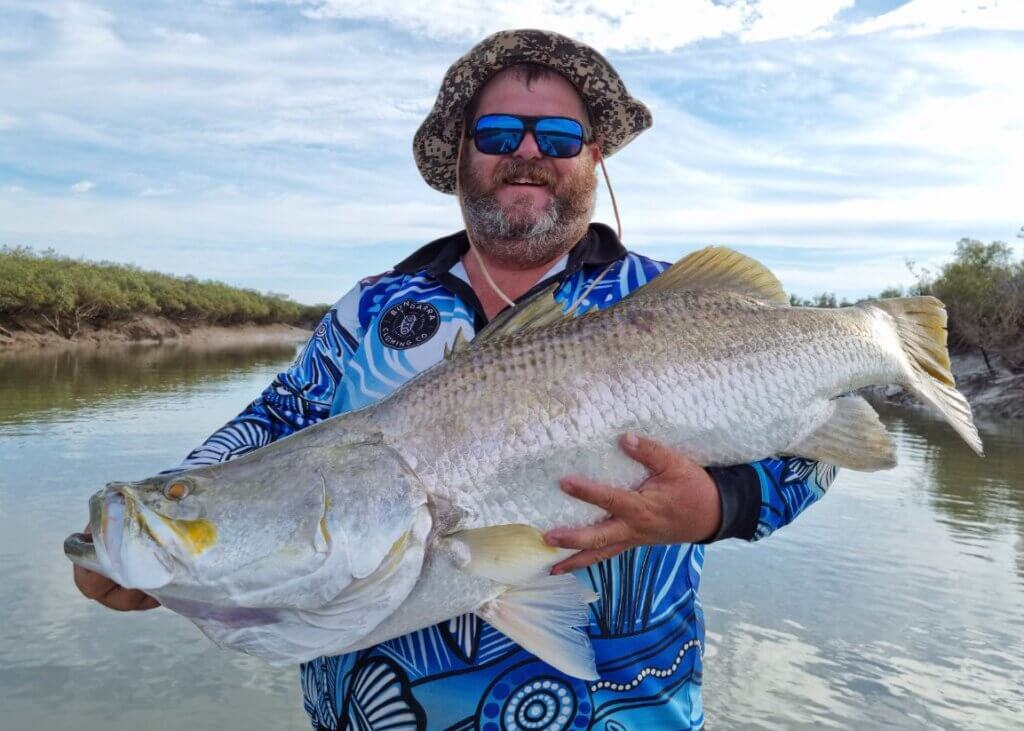
Many anglers prefer baitcasting outfits to spinning tackle, because of the increased accuracy of casting.
Impoundment fishing for monster barra is popular on the east coast and could soon take off in WA.
Lake Kununurra, originally part of the Ord River, has been heavily restocked with barra in recent years in a project supported by the Lake Kununurra Barramundi Stocking Group, Department of Primary Industries and Regional Development, North Regional TAFE — Broome and Recfishwest.
Now, many of these fish are measuring more than 1m.
There have been a number of big fish caught in the lake and this fishery should only continue to improve in the coming years.
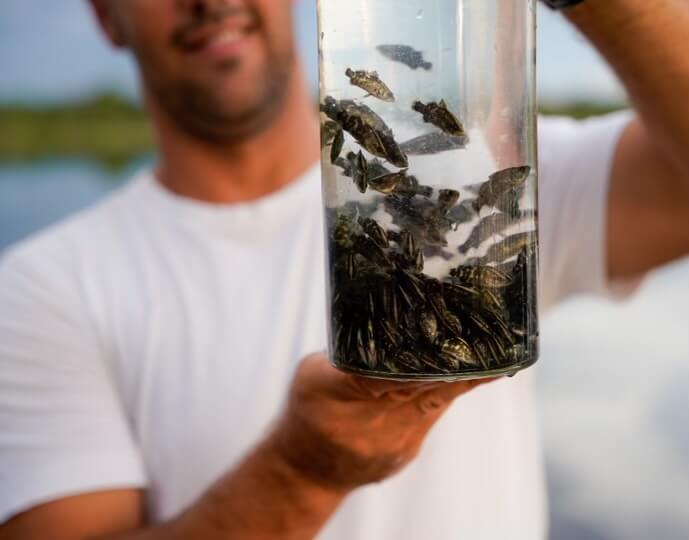
Some of the more highly-regarded rivers for barramundi include the lower Ord, Fitzroy and Keep, but there are countless systems through the Pilbara and Kimberley that hold them in varying numbers.
There are several charters that run extended trips into the Kimberley to target barra, and there also a number of specialised experienced barra fishing guides in northern WA.
